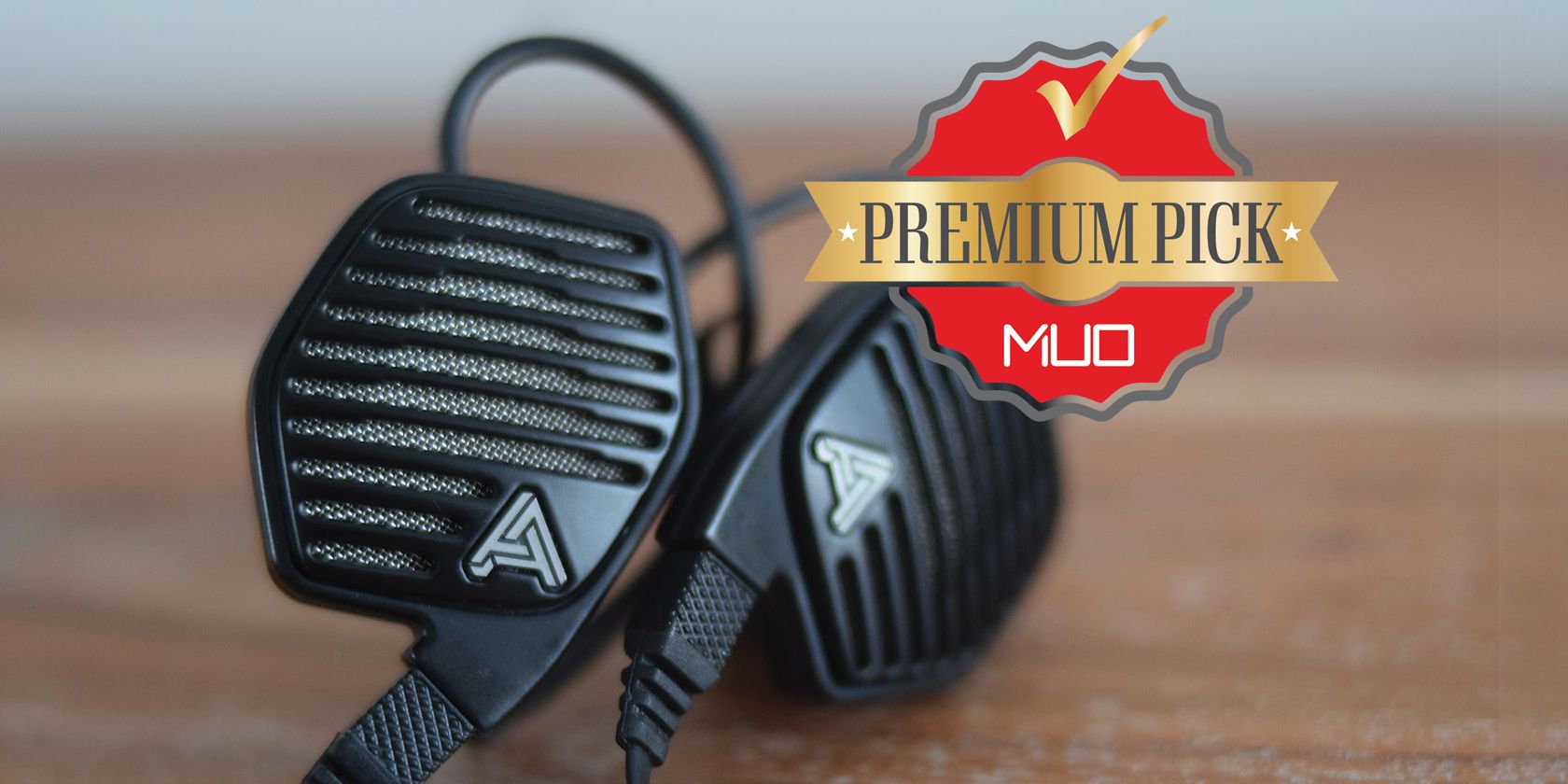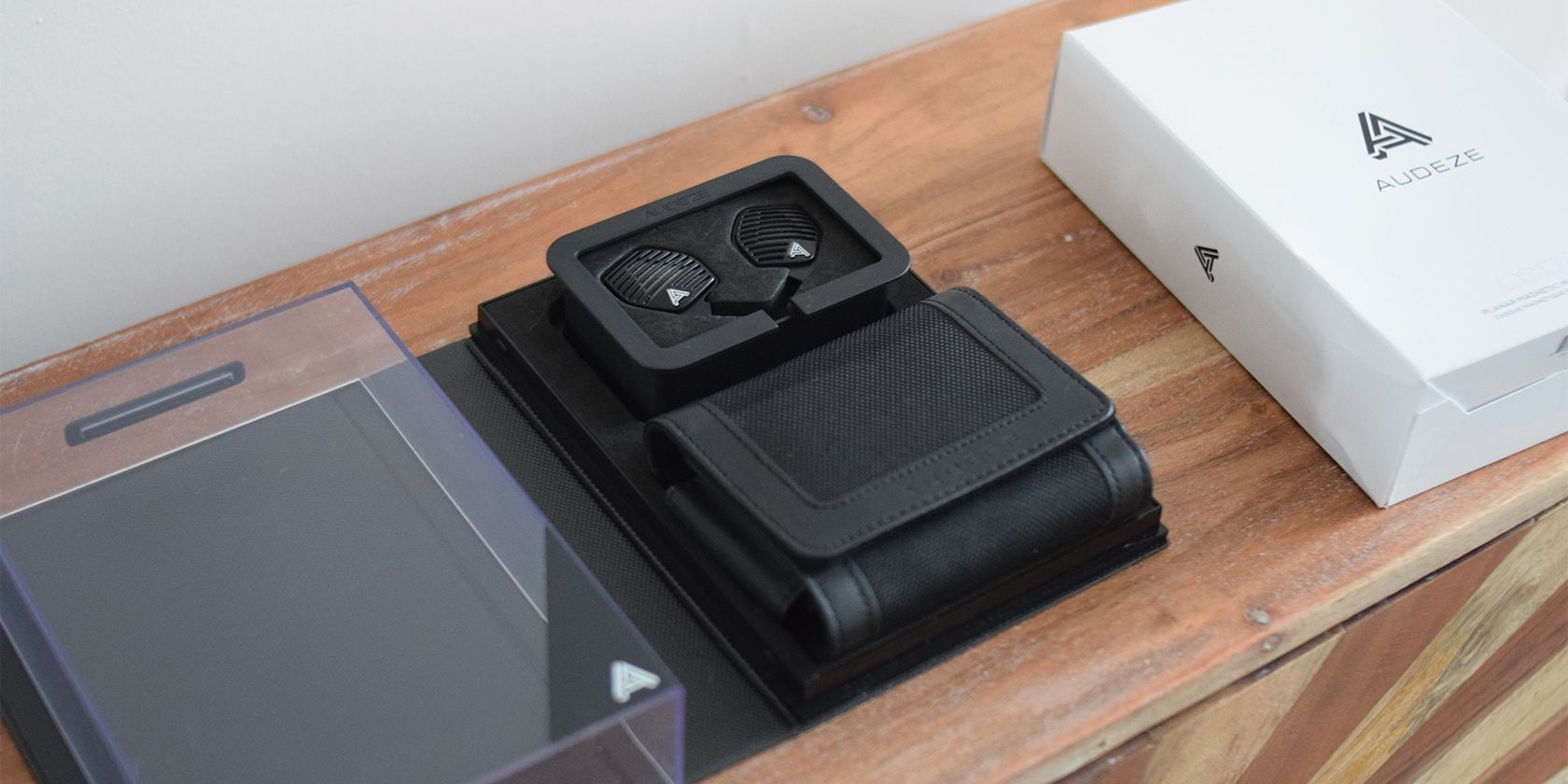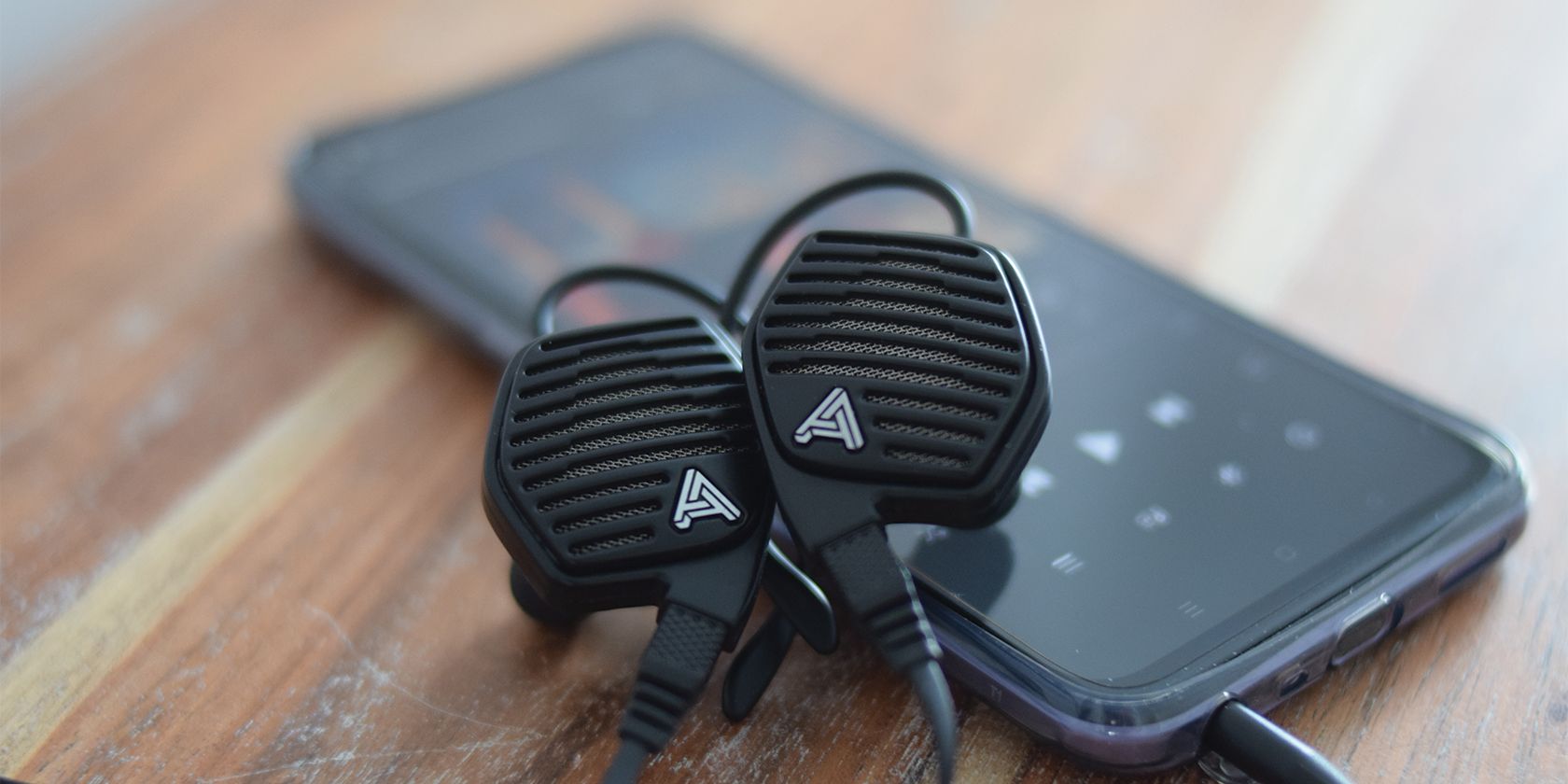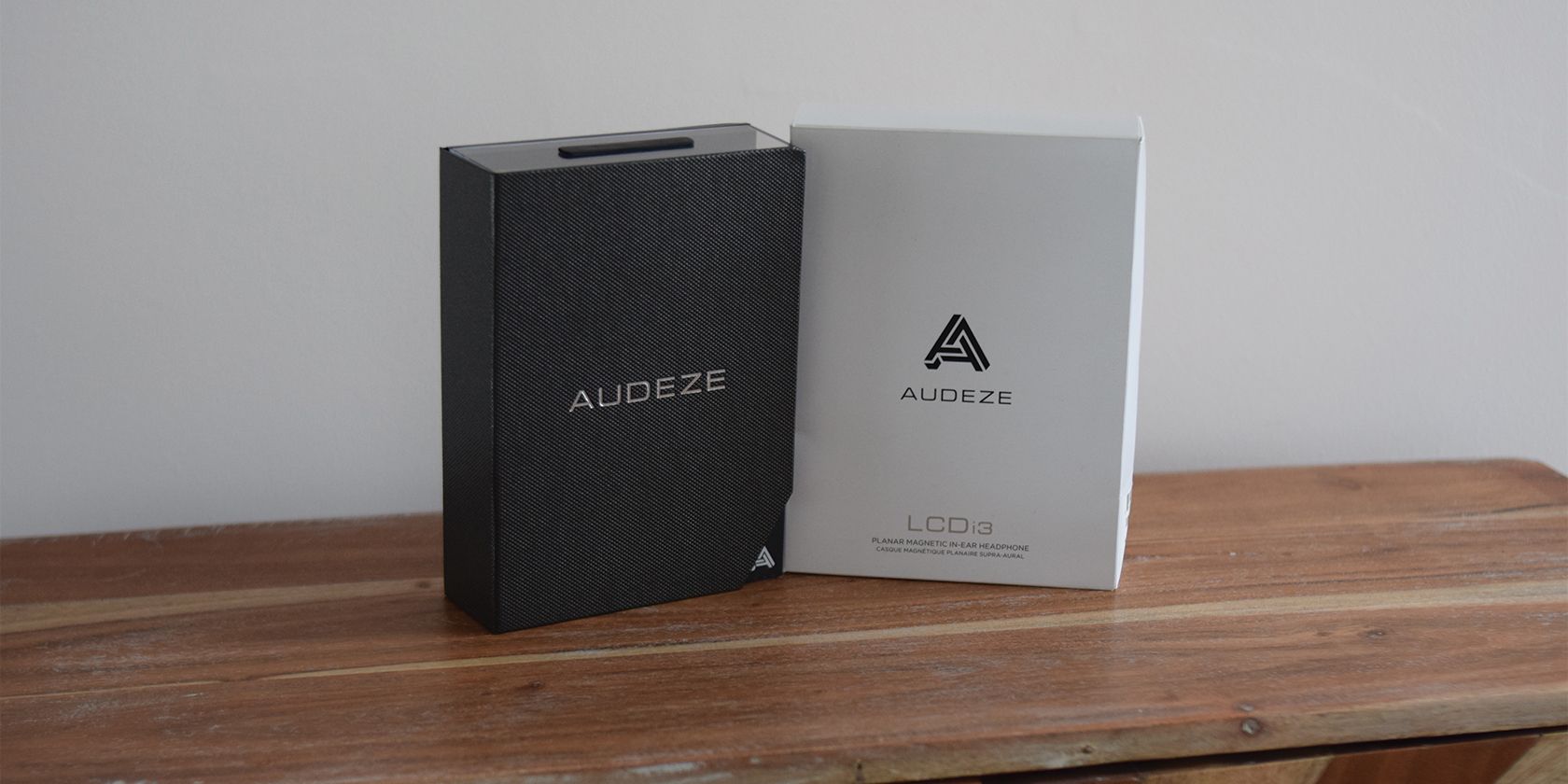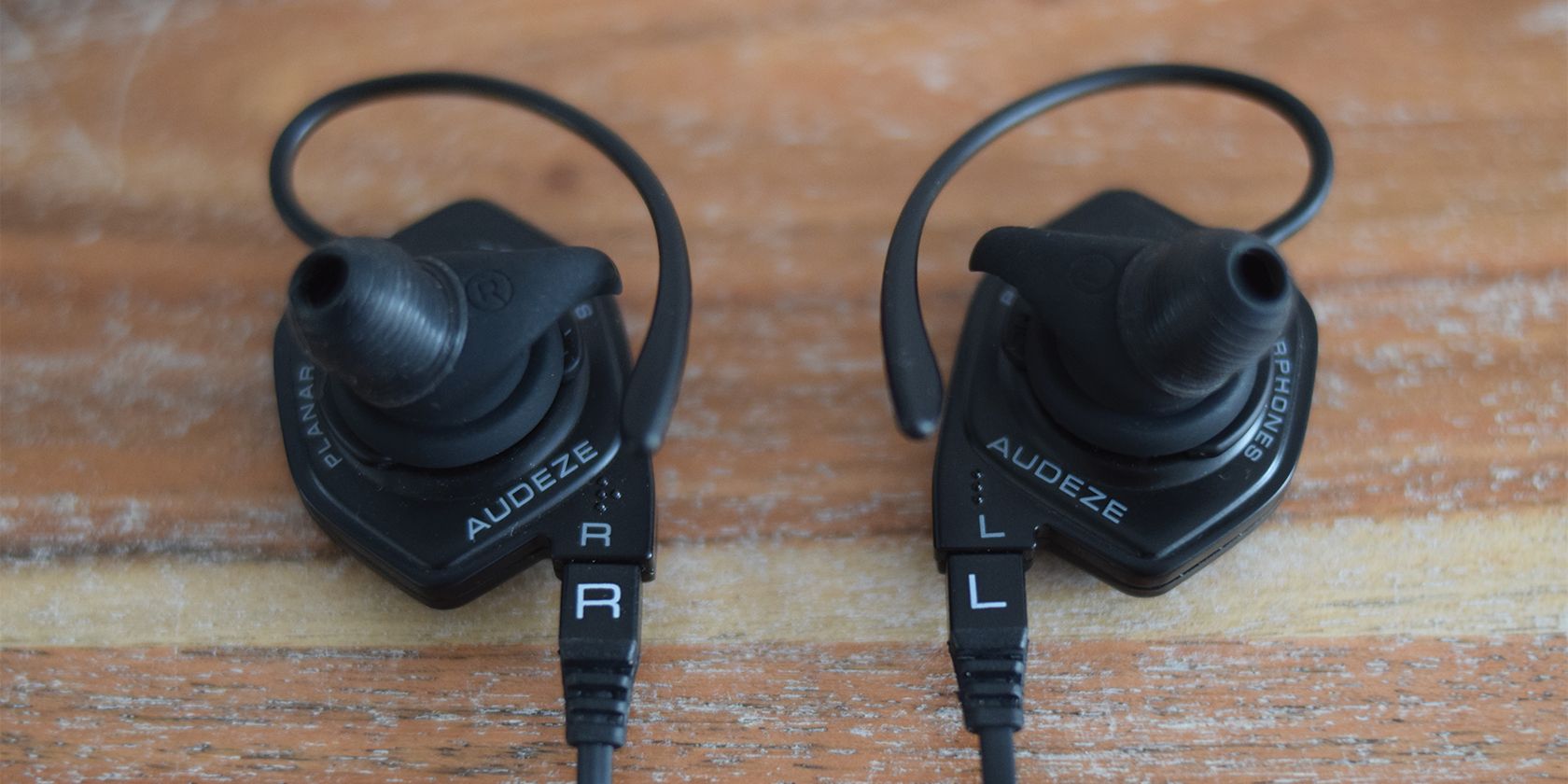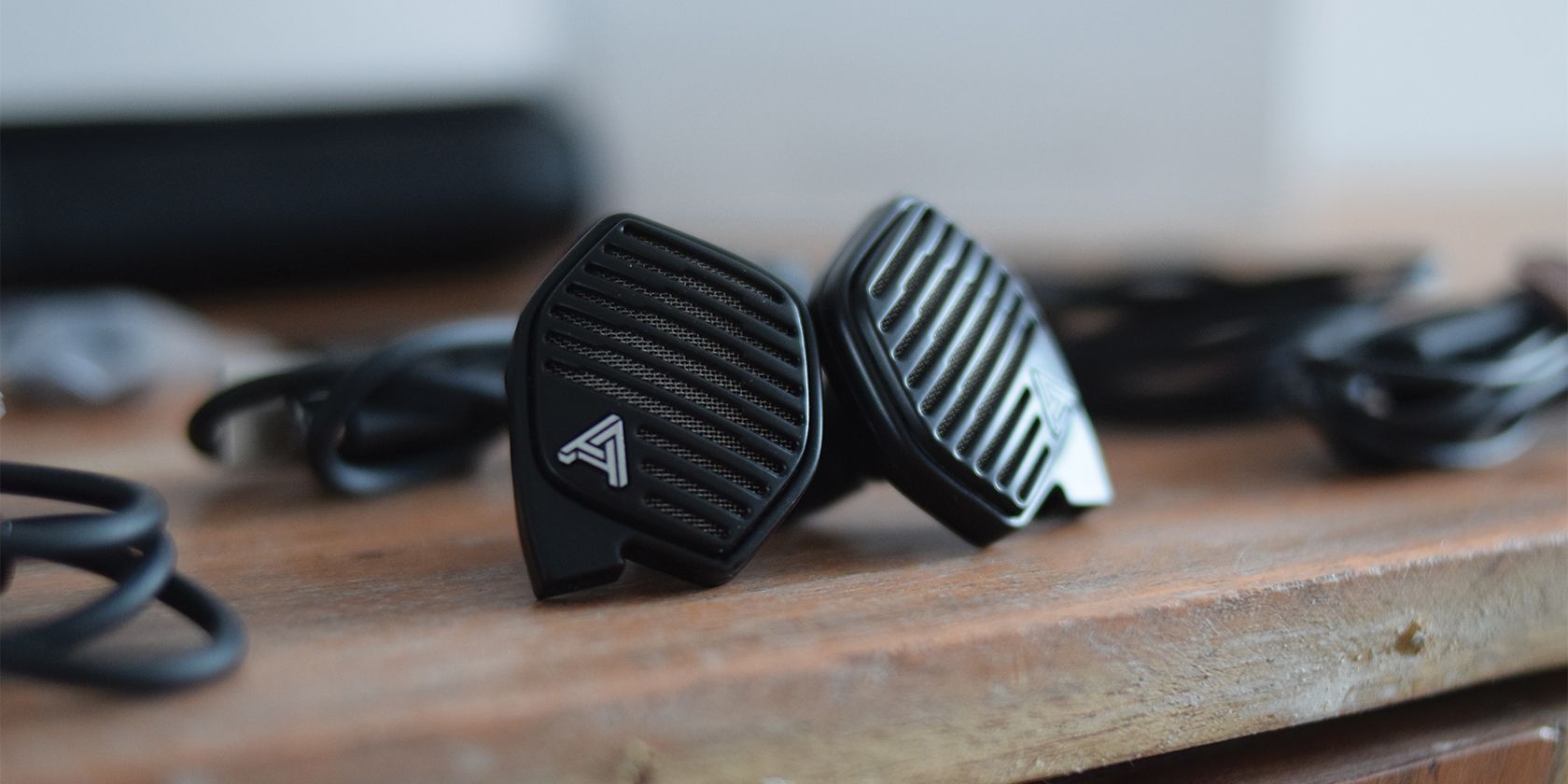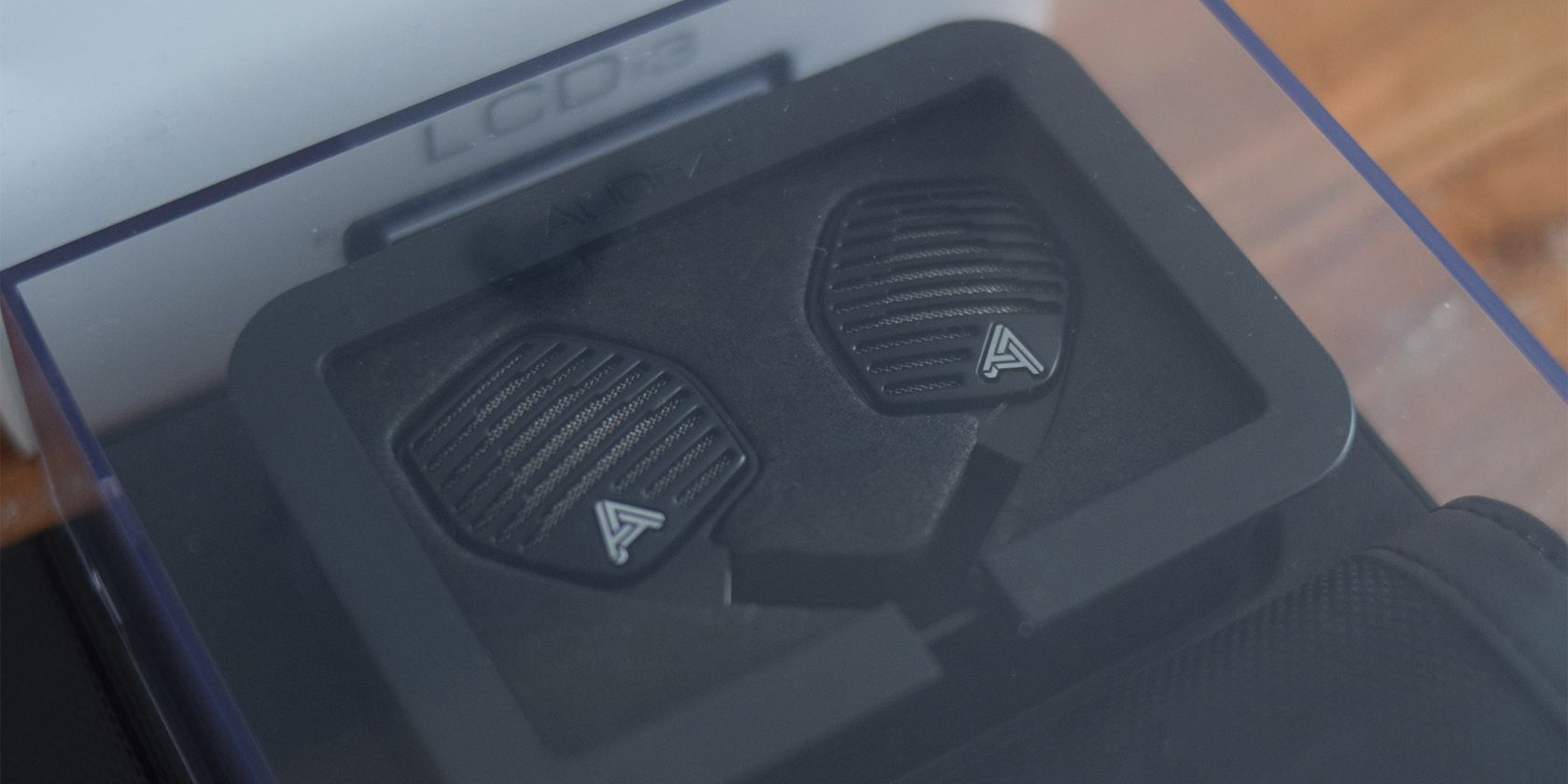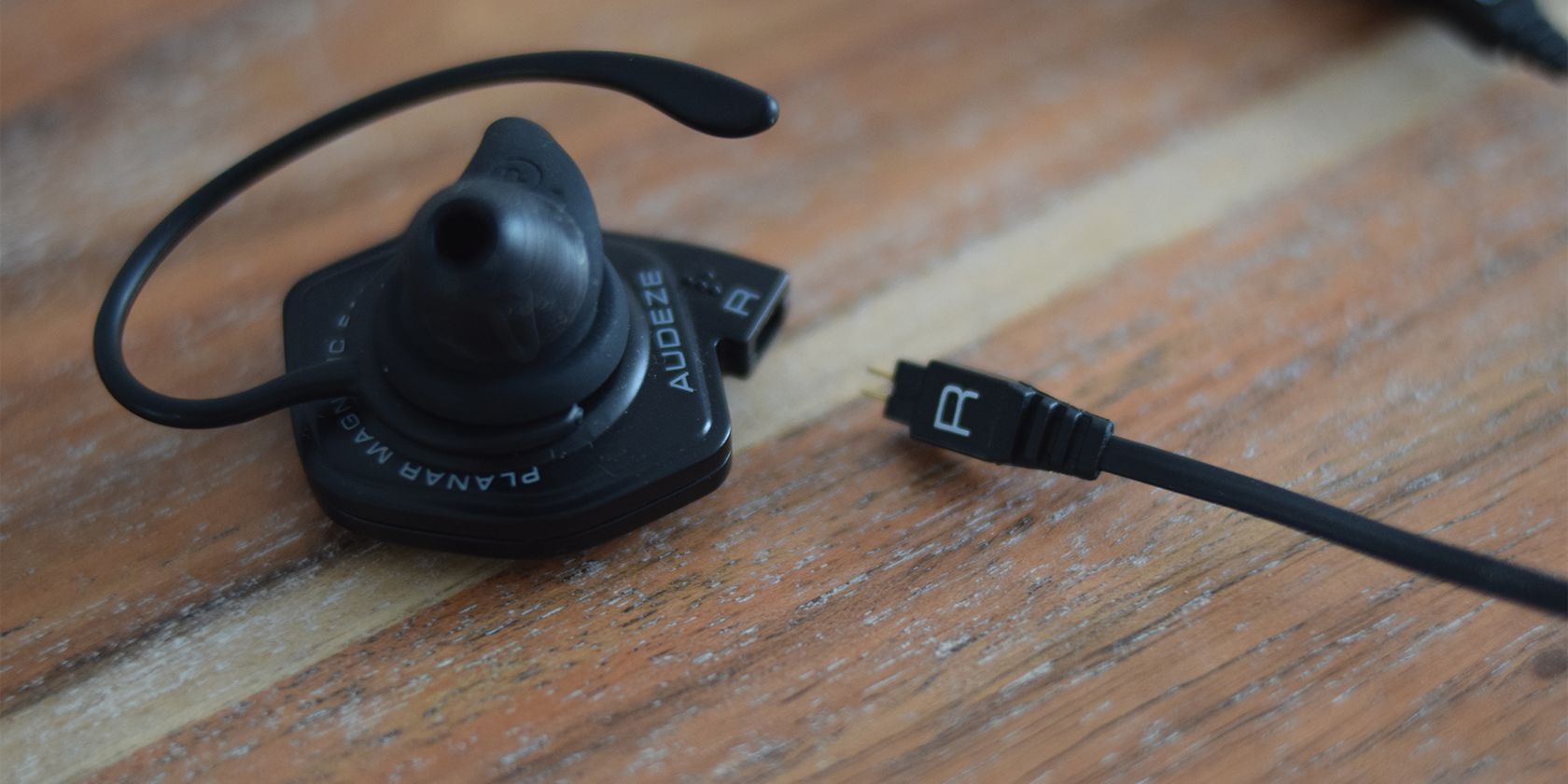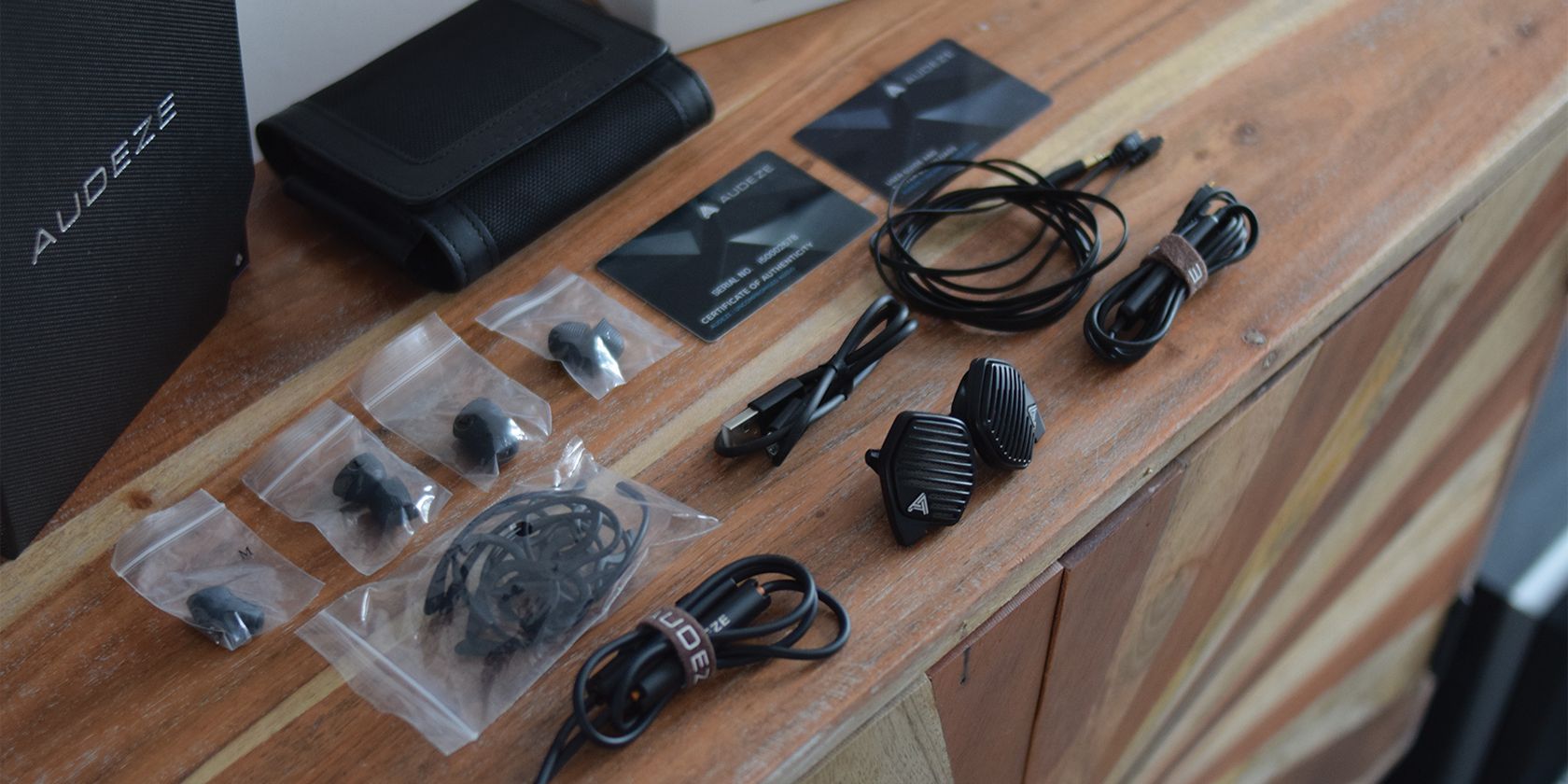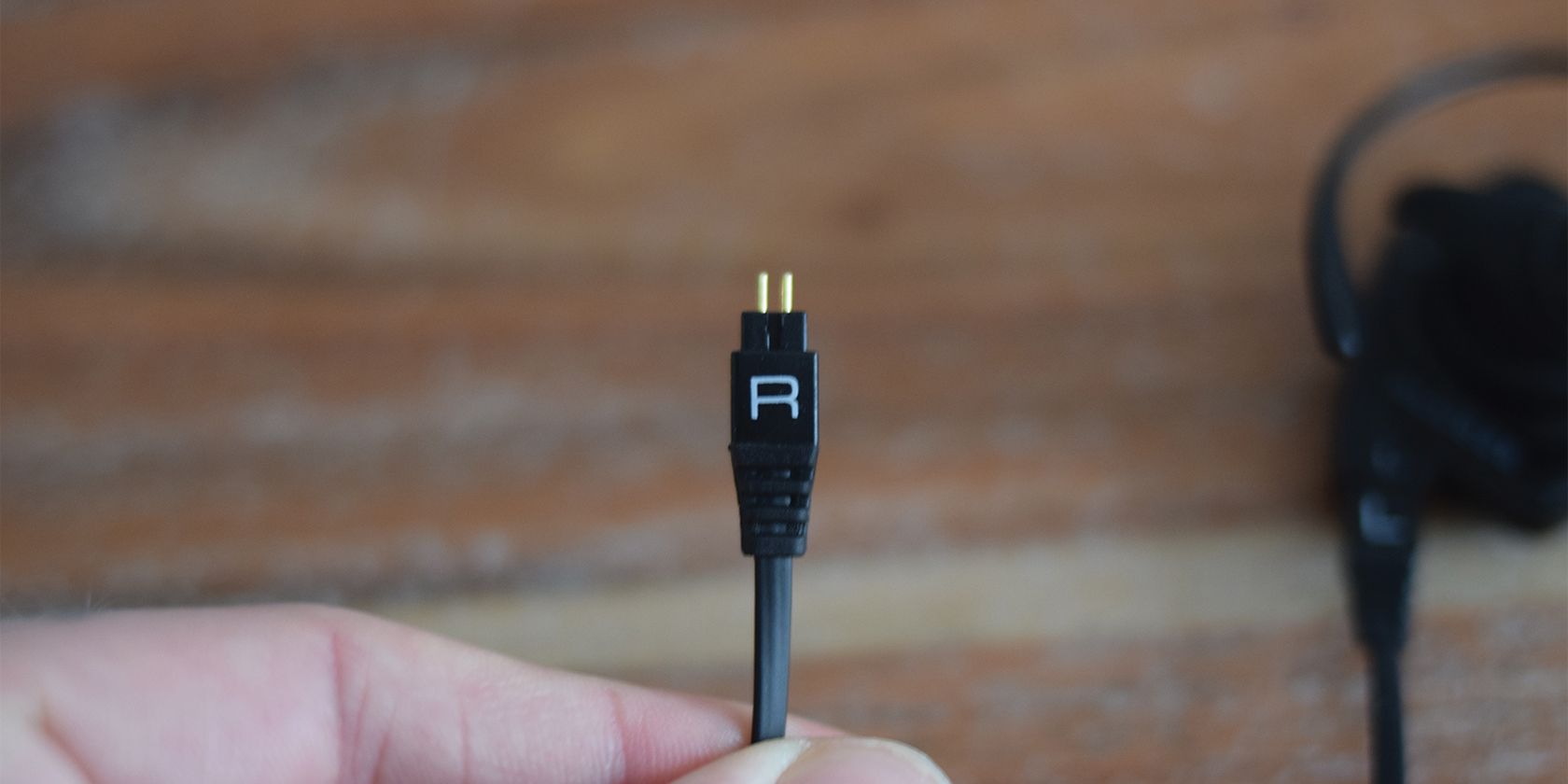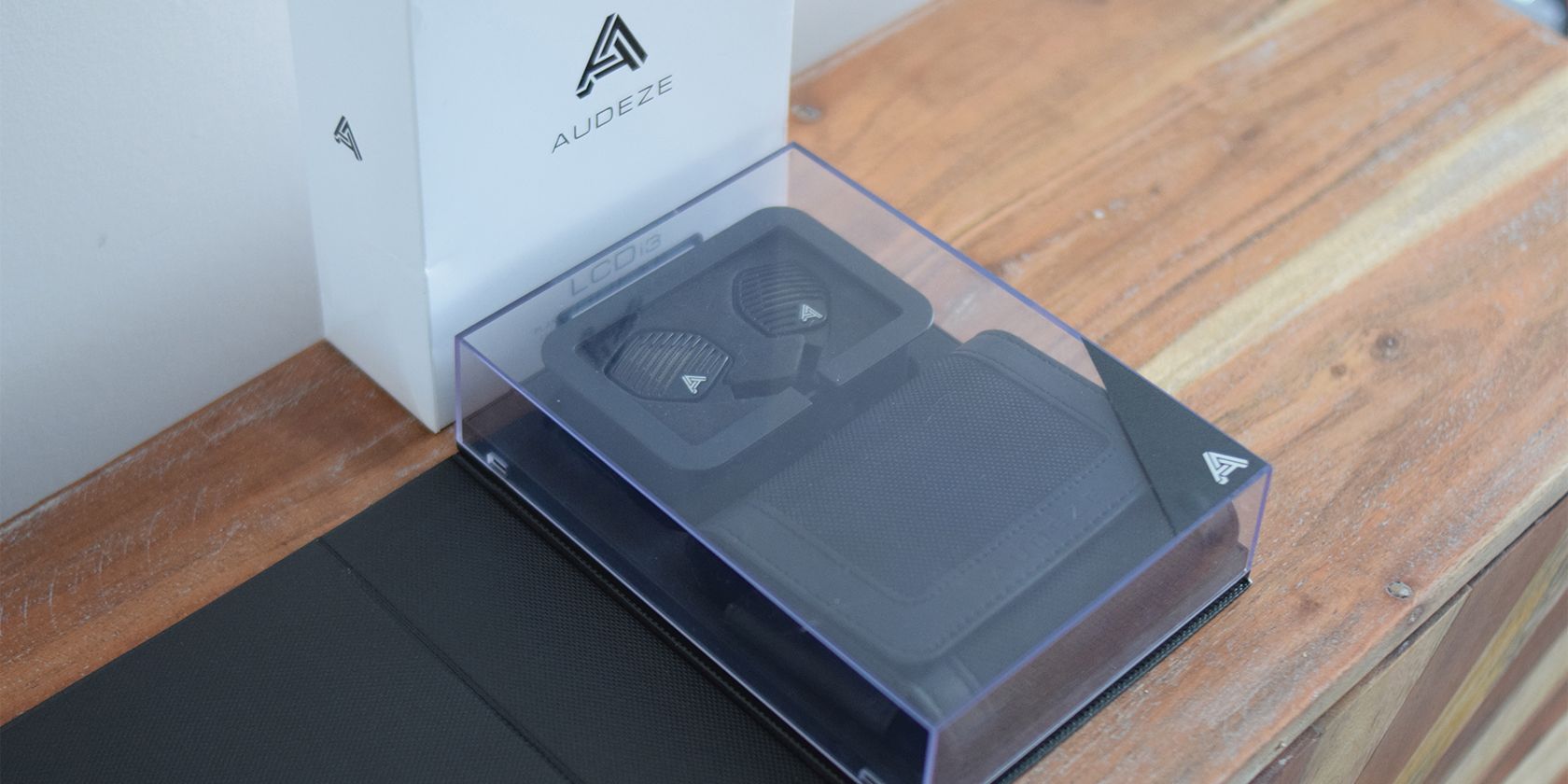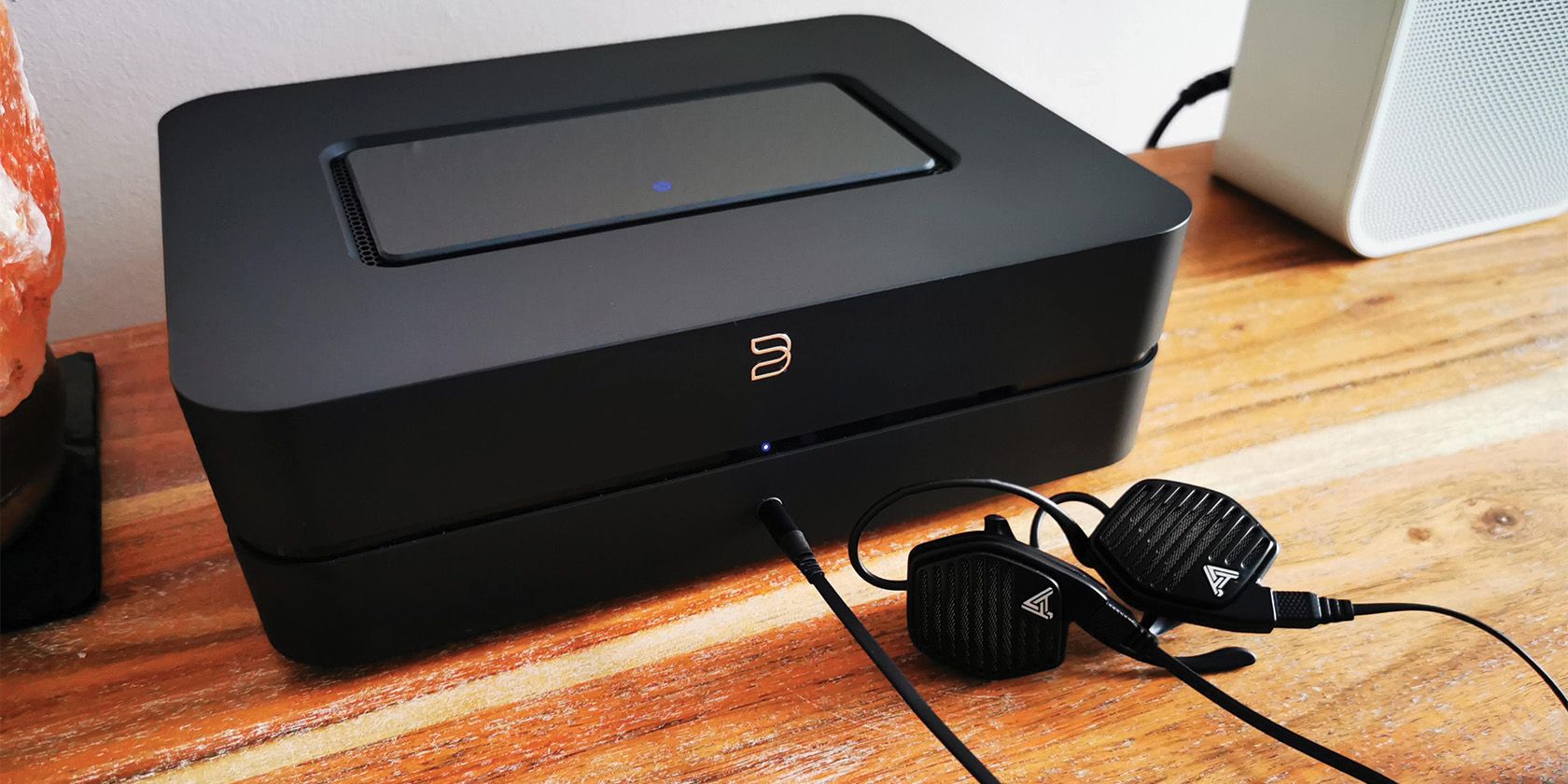The Audeze LCDi3 are a stunning pair of IEM headphones, backed up by the excellent sound produced by planar magnetic headphones. If you want a pair of audiophile headphones for under $1,000, make the LCDi3 your IEM of choice.
- Brand: Audeze
- Battery Life: 8 hours (CIPHER module)
- Bluetooth: Yes (via CIPHER module)
- Additional Tips: Yes
- Noise Cancellation: No (open backed)
- Charging Case: No
- Codecs: AptX, and AptX HD (CIPHER module)
- Drivers: 30 mm planar magnetic
- IP rating: N/A
- Codec support: AptX, and AptX HD
- Wireless charging: No
- Microphones: Yes (via CIPHER module)
- Weight: 0.56oz (16 grams) per headphone
- Dimensions: 1.57 x 1.4 x 1.4 inches (40 mm x 35 mm x 35 mm)
- Price: $899
- Premium sound quality
- Wonderful craftsmanship
- Highly tailorable
- Great range of connectivity options
- The case isn't great
- No connector for Android users
The audiophile community is all too familiar with the American Audeze brand. We mostly know it for designing and manufacturing premium-quality planar magnetic cans, and now you can theoretically make the entire experience more portable, thanks to the LCDi3 in-ear monitors. Yep, that's right, in-ear planar magnetism for your personal audio enjoyment.
Retailing at $899, we'd forgive you if you balked at the price. However, don't forget, planar magnetic headphones are (in general) expensive and, as a result, the Audeze LCDi3 IEMs are comparatively cheap. If you want to know how these headphones perform, then read on.
What's in the Box?
The Audeze LCDi3 packaging is relatively small, so it is quite surprising when you open it and roughly two million packages spill forth onto your lap. Obviously, that is a major exaggeration, but here's what you get in the box:
- Two Audeze LCDi3 in-ear monitors (left and right ear)
- A selection of rubber ear tips
- A selection of ear fins
- A selection of ear hooks
- CIPHER wireless module (a cable with two cylinders on it containing control buttons and a communications chip)
- 3.5mm headphone cable
- iPhone headphone cable
- Carry case
- Instruction manual
- Certificate of authenticity
As you can see, you get plenty here to tailor your listening experience to how you like to listen. It is worth mentioning that the presentation box your LCDi3 headphones come in is rather nice, too, with a book-like front cover that opens to reveal your headphones under a perspex case.
The Testing Setup
Given that these are premium headphones, it makes sense to test them with a premium player. I tested the Audeze LCDi3—both wired and wirelessly—with the Bluesound Powernode streaming amp we recently reviewed. I also tested the headphones wirelessly with my smartphone.
Given the options for tailoring the fit of the headphones, I tested with the ear hooks on their own, the ear fins on their own, and with both in place. We'll assess the fit later on in the review.
Beautiful Craftsmanship
Onto the aesthetic appeal of the Audeze LCDi3 IEMs. As you may have guessed by the title of this section, in my opinion, the LCDi3 headphones are absolutely gorgeous, if you can describe headphones as such.
The exterior shell of the headphones comes in a hexagonal form, molded from magnesium, no less. The external face has a grille pattern, which means we can describe these headphones as having an open back design. Beneath that, at the bottom of the external face, is the Audeze logo in a metallic finish.
On the bottom of the headphones, you'll find the port for the double pin wired connection. Then, on the inside face of the LCDi3, you'll find the protruding speakers for attaching the ear tips, which you then insert into your ear canal when you wear the headphones, obviously.
For some, the headphones might be a little on the large side. They need to be, thanks to the size of the drivers housed inside, but they can appear a little bulky for those who are used to regular earbuds.
The headphones themselves have no controls on the shell. However, the CIPHER wireless module has multifunctional rubber button controls you can use to achieve a variety of operations, which we'll deal with in the next section. There is a mic for taking calls, and an LED to show the CIPHER is operational.
It also has a nice Audeze logo emblazoned across it. At either end of the module's wires, you'll find the two pin connectors as per the 3.5mm cable, which clip into the headphones. There is also a charging port on the CIPHER's control unit, which is micro-USB rather than a more modern Type-C connection.
The carry case is black nylon with foam padding and is one of only two complaints I have regarding the headphones. There are holes at the top and bottom of the case, where the fabric folds around in its closed configuration. I'd be vaguely concerned that my headphones might fall out of the gaps in the case, should I take them anywhere. We can say the same for the potential loss of other components, like ear tips, fins, and hooks.
Plus, these headphones are delicate and wouldn't take lightly to be launched around the interior of your bag. A hard case with separate foam sections for each component would have been preferable here. Hardly a deal-breaker, but something to consider.
Top Spec Headphones
In terms of specifications, the LCDi3 headphones pack quite the punch. Inside the shell you've got a 30mm, planar magnetic, Uniforce transducer. This sits between Audeze's proprietary Fluxor magnetic array, comprising multiple Neodymium N50 magnets.
The headphones are capable of achieving an SPL (sound pressure level) above 130dB with a THD (total harmonic distortion) value of less than 0.01% at 100 dB. So, the headphones can play music pretty damn loud before you notice the sound breaking up. For reference, 100 dB is the volume of a jackhammer 3 feet away from your eardrum. Like we say, pretty damn loud.
The CIPHER module comes loaded with Audeze's in-house DSP (digital signal processor) which is important as it converts the Bluetooth signal from your source device into an audio signal you can hear.
Incredibly Simple Operation
On to operating the headphones. As you can imagine, with a wired connection, you have nothing to operate aside from your source device, so that takes care of that, in essence. You simply plug the headphones into your player, insert the headphones into your ears, and away you go, your journey to sonic superiority well underway the second you hear that initial kick drum or guitar thrum.
Moving on to the wireless operations, then. Again, this is all very easy to explain. As mentioned above, the CIPHER module has an inline control, which you can use to carry out commands (via Bluetooth) on your source device of choice.
All three of the buttons are for executing multiple functions, as follows:
- Down arrow (next to the LED): Single press to turn volume down, two-second press to skip back a track.
- Function button: Three-second press for on/off, five-second press to pair Bluetooth, single click to play/pause/answer a call. During a call, a single click will answer/hang up and a double click will switch to another call.
- Up arrow: Single press to turn volume up, two-second press to skip forward a track.
And that is it! Nice and easy to work, but then most wired headphones are. It is only when you introduce Bluetooth into the equation that things can become more complicated. However, in the case of the LCDi3, it is all very straightforward.
There are some other semi-operational facets to consider, and that is setting the headphones up with the ear tips, fins, and/or hooks.
Initially, getting the ear tips on was fiddly. The speaker nozzle, which protrudes from the back of the headphones and goes into your ear, is pretty big in comparison to the portal in the rubber ear tips.
Given these are planar magnetic headphones—therefore delicate, and also very expensive—I'd expect them to be easier to fit. I was literally sweating the first time I installed the tips, as I was afraid that the headphones might spring out of my hands, dashing their delicate components against a wall at terminal velocity.
Thankfully, this didn't happen. The ear fins and the hooks are a lot easier to fix in place. I found the headphones felt most secure during wear with both the fins and the hooks attached. This provided a lot more purchase, and therefore peace of mind that the IEMs weren't heading in a similar direction as they could have I installed the ear tips.
Another point is that the LCDi3s come with a fancy lightning adapter for your iPhone, so you can plug them straight into the device via the lightning port, with no 3.5mm converter required. If you are an Android user (which I am) then Audeze has deftly swerved your smartphone, leaving you to rely only on Bluetooth if you want to listen to your headphones with your port-less smartphone (like my stupid handset). This seems like a bit of an oversight, though is also partly due to lack of standardised USB-C to headphone adaptor.
I would advise extreme caution if you decide to go outdoors with these headphones. At least if you live in a perpetual, rainy Autumn season like we do here in the UK. These headphones are open-back, so even a whiff of drizzle will potentially cause irreversible damage to the internals.
Pulse-Pounding, Planar-Powered Performance
So, on to the performance and seeing whether the Audeze LCDi3 are, sound-wise, worth their $899 price tag. Well, yes, they are, if you have that sort of money to spend on some audiophile headphones. Note that, as with most headphones, you need to "burn in" the Audeze LCDi3 to obtain the best sound (think of this in the same way as you'd season a wok in order to cook your food with the fullest flavor). I burned the headphones in for 70 hours before I started my review.
Heading to my trusty Powernode, I fired up Tidal and opted to listen, first, to some Pink Floyd. These are MQA tracks, so should sound nice through the headphones. I selected the 2011 remaster of Animals.
I'm not exaggerating when I say I felt like my brain was melting between Audeze's magnetic 'phones, such was the clarity of the sound I experienced. Rich in detail and color, I don't think I'd ever heard any of Animals this way before, despite having listened to it via multiple high-quality media devices in the past.
Treble is bright and crisp, without being overstated. Some headphones can make treble sound a little brash, but not the LCDi3; these IEMs introduce a crystal-clear upper register with no sibilance present that I could make out.
Mid-range is tonal and musical, so vocals and instruments that dominate this area of the soundstage are on point. I don't listen to a huge amount of non-electronic music, but the guitar in Dogs sounds fantastic accompanied by Rick Wright's soaring keys.
Bass is balanced and warm, although a little on the understated side for my liking. Not that it matters as much when you listen to Pink Floyd, but if you decide to listen to something more bass-driven like The Orb's Towers of Dub instead (which was my next port of call) then you might need to toy with a little EQ to achieve a fuller bass sound. However, if you are seeking the tight, controlled bottom-end planar headphones offer, then you're onto a winner.
I found that the bass lifted somewhat when I listened to the same tracks via the CIPHER module, irrespective of device. This is likely to be down to the on-board DSP; I find it highly unlikely that a premium brand like Audeze would ship headphones with a substandard audio cable. So the DSP improves the dynamic range of the headphones when the CIPHER is in use, filling the lower register out somewhat. In your face, iPhone owners; no lightning adapter needed now, it seems...
Overall, these are probably the best in-ear headphones I've ever used in my entire life. I would suggest that you use them in quiet surroundings, as the open-backed nature of these IEMs means sound from outside can bleed in fairly easily. But when you do listen to music through them in the right surroundings, you can't help but feel wowed by the entire experience.
Audiophile? You Need These IEMs in Your Life
In all, I would highly recommend the Audeze LCDi3 IEMs to anyone on the hunt for some audiophile quality headphones that don't cost over $1,000. Believe me when I say you can spend a lot more to get headphones with similar performance. With a sound quality to genuinely shout about, these headphones represent an excellent investment. Just be careful with them!

